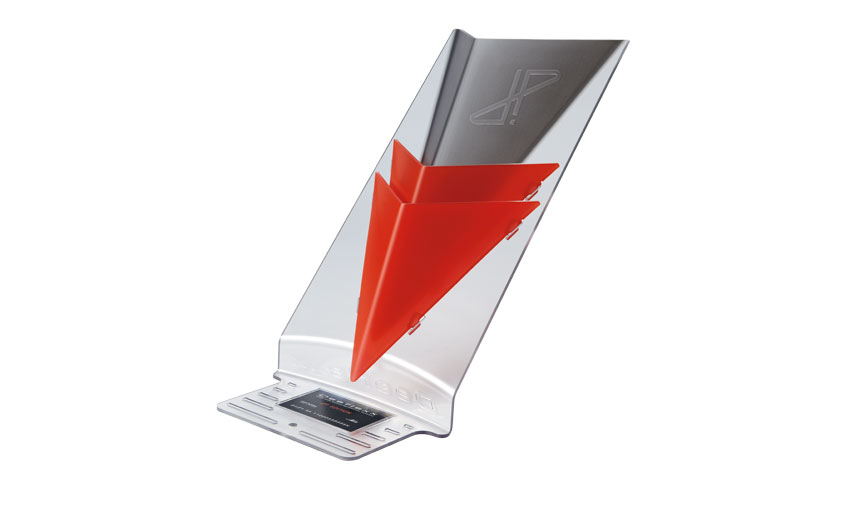MusicRadar Verdict
In the right place, the Deeflexx can make a considerable contribution to improving your tone.
Pros
- +
Does what it says, as long as your volume control is turned up enough.
Cons
- -
Pricey.
MusicRadar's got your back
If you're playing large gigs with amps at high volumes, a sound deflector like the Hoovi H1 Deeflexx could change your tone for the better.
Sound waves are more directional at higher frequencies - not good news for us guitar players, since the average 12-inch loudspeaker tends to be very directional above 4kHz.
"The Deeflexx doesn't block, rather it deflects sound waves to achieve a homogenous frequency response"
This leads to a phenomenon called 'beaming', where you only hear the speaker's full frequency range if your ears are directly in line with the centre of the cone.
The idea of a 'beam blocker' - a device that sits in front of the cone and blocks or diffuses the highs - isn't new, but Austrian entrepreneur Hubert 'Hoovi' Hochleitner has taken the concept and run with it.
In Use
The Deeflexx doesn't block, rather it deflects sound waves to achieve a homogenous frequency response over both horizontal and vertical axes. Made from tough shatterproof Perspex, it's designed to look impressive under stage lights.
A tongue extends underneath your cabinet, which you can either wedge or bolt-fix using T-bolts and wing nuts. We were quite surprised to find just how effective it is at redistributing highs and lows for a uniform frequency response in a variety of different venues.
In situations where you can use your backline amp at a decent volume, the Deeflexx will make a significant improvement to what you and your audience hear. However, such gigs are getting rarer, with in-ear monitoring and offstage isolation cabinets now the norm for many stages.
Want all the hottest music and gear news, reviews, deals, features and more, direct to your inbox? Sign up here.
